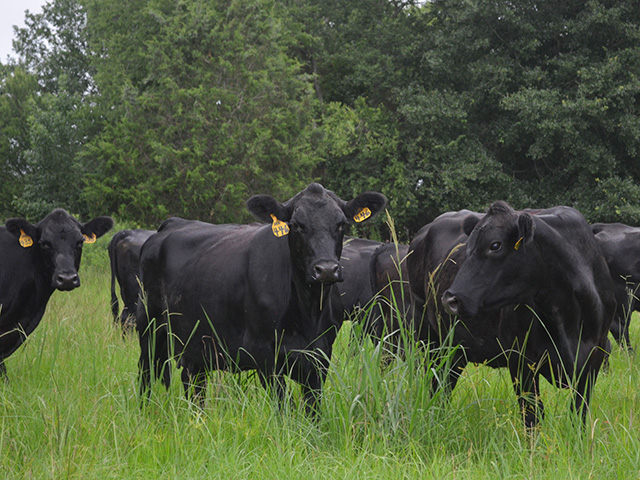Looking Ahead
Long Range Goals Set By Beef Committee
The cattle industry has its marching orders for the next five years, based on a new plan released at the summer business meeting last week in Denver, Colorado.
The Beef Industry Long Ranch Plan task force is focusing on six areas this term, all of which they believe are key to long-term prosperity for the industry and its producers.
Members of the task force include: John Butler (Beef Marketing Group), Bill Rishel (advisor to TD Angus, Rishel Ranch, Nebraska), Kim Brackett (Brackett Ranches, Idaho), Mary Kraft (Badger Creek Farm, Colorado), Jon Lowe (Cattle & Equine Business Zoetis), Donnell Brown (R.A. Brown Ranch, Texas), Kevin Ochsner (group facilitator, Agcellerate), Keith Belk (Colorado State University), Tim Brady (Agri Beef), Andy Bishop (Farm Services AgTech Scientific, Kentucky), Suzanne Strassburger (Strassburger Steaks, New York), Ken Griner (Usher Land & Timber, Florida), Dean Meyer (livestock and row crop producer, Iowa), Paul Defoor (Cactus Feeders, Texas), Jerry Wulf (Wulf Cattle, Minnesota) and Joe Goggins (Vermilion Ranch Corporation, Montana).
Checkoff dollars will help fund work in these key areas:
BEEF EXPORT GROWTH
By 2025, the goal is for U.S. beef exports to take up 17% of beef production. This would mean growing the value of exports as a percent of total beef value to 21%. A key component of this is to have 75% of all cattle producing states participate in a national animal disease traceability program.
P[L1] D[0x0] M[300x250] OOP[F] ADUNIT[] T[]
CONSUMER TRUST IN BEEF PRODUCTION
Committee members want to see the Consumer Trust Index climb 5 percentage points by 2025. They believe more Beef Quality Assurance (BQA) participation and certifications across the industry as a whole will be foundational in achieving this and hope to see BQA certifications climb 10% per year, with national standardization of the program by 2023.
PROMOTE THE ADVANTAGES OF BEEF
Reaching consumers with the message that beef is a good value is key to explaining the advantages of this protein. By 2025, the plan is to achieve a Wholesale Beef Demand Index of 124; to narrow the "perception gap" between beef and chicken by at least 5 percentage points; and to increase beef's value index by at least 5 percentage points.
BUSINESS MODELS
The committee wants to see the industry maintain a beef cow herd of 30 to 31 million head, with a growth target of 32 to 32.5 million. In addition, they aspire to see packing capacity climb by 7% by 2025. And by 2023, the group wants to identify and develop margin analysis metrics to measure and track margin distributions and increase understanding of those distributions.
POLITICS AND PERCEPTIONS
The Long Range Task Force hopes that by 2025, 75% of producers will "agree that the beef industry is effectively addressing opportunities and challenges in a way that enhances the business climate for beef." In addition, they want 20% of cow/calf producers to have a written grazing management plan, and to ensure salmonella is not listed as an "adulterant".
FUNDING INCREASES
Lastly, the committee would like to see national industry program funding for beef marketing, research and promotion at the $100 million mark by 2025. As part of that their goal is to preserve the existing Beef Checkoff and quantify existing public research funding for the industry, growing it by 25%.
For more details: https://www.beeflongrangeplan.com/…
(c) Copyright 2020 DTN, LLC. All rights reserved.






